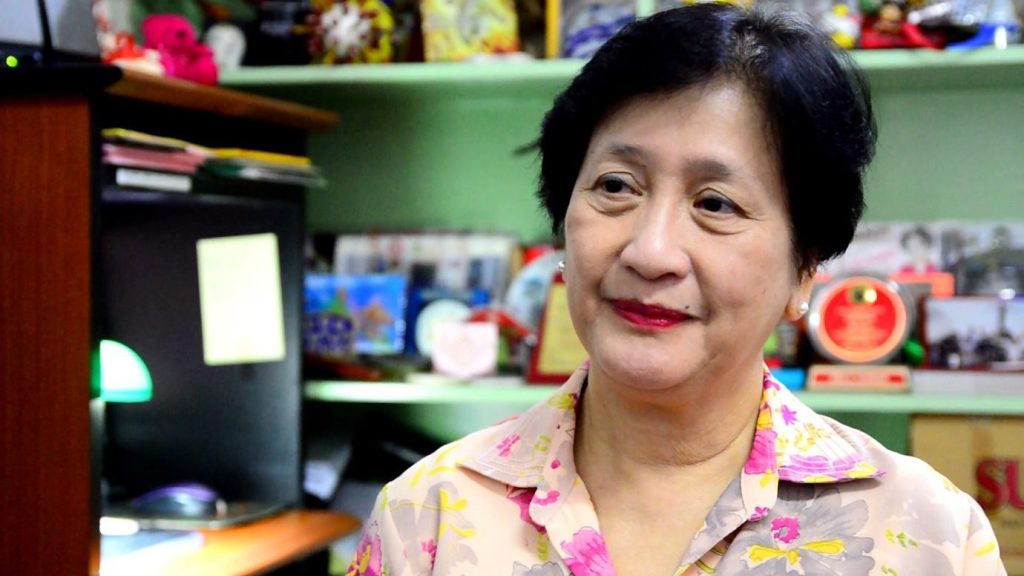The College of Public Health (CPH) of the University of the Philippines Manila (UPM), which is at the forefront of the battle against leptospirosis, is calling for research and development partners to fund critical clinical trials for a locally-produced vaccine. This initiative comes as the Philippines grapples with the highest number of leptospirosis cases in the past five years.
Leading the charge are microbial immunology expert Dr. Nina G. Gloriani and microbiologist Dr. Sharon Yvette Angelina M. Villanueva, who are working on a vaccine targeting specific strains of the Leptospira bacteria. The duo, considered the country’s top experts on leptospirosis, have identified strains prevalent in the Philippines through years of dedicated research.
Leptospirosis, a zoonotic disease transmitted to humans from infected animals, poses a significant threat in densely populated and underdeveloped areas. The risk is heightened in flood-prone regions, where contaminated water and soil increase the likelihood of infection. It presents a challenge in detection due to symptoms resembling common colds and flu. However, if left untreated, it can lead to severe complications, including kidney damage, liver failure, and death.
Leptovax: a new weapon against Leptospirosis
Using samples collected from affected individuals, the pair were able to identify several areas nationwide where Leptospirosis strains were present and being spread by rats and other animals. This led to the development of Leptovax, the first locally-produced vaccine against the leptospirosis bacteria.
The initial success of Leptovax on a hamster control group, funded by a five-year grant from Japan in 2010, has paved the way for the next phase of trials on dogs. The scientists aim to expand the vaccine’s usage to other animals before adapting it for human use.
“What you have in the United States may be different from what we have here, and it has a bearing especially on the development of vaccines.”
Dr. Nina G. Gloriani

She further highlighted the potential benefits of localized vaccines for other Southeast Asian nations facing similar bacterial strains.*
“Rats are the primary reservoirs of the infection. They get the infection, but they do not die from the infection. Rats are the primary transmitters of the leptospirosis organism,”
Dr. Sharon Yvette Angelina M. Villanueva

She added that most leptospirosis cases affect the low and middle-income class, underscoring the vulnerability of those living in unsanitary conditions.
“Dogs also act as reservoir hosts for leptospirosis. Rats shed leptospirosis in their urine, which can transfer to dogs in urban environments.”
Dr. Sharon Yvette Angelina M. Villanueva
Greater challenges ahead
As of November 18, 2023, nearly 6,000 infections and 639 deaths due to leptospirosis have been reported, marking the highest figures in five years. The researchers are advocating for leptospirosis to be included in the World Health Organization’s list of neglected tropical diseases to raise awareness and funding. However, despite the UPM lab’s 13-year history, funding remains a challenge, underscoring the critical need for support as the nation awaits the development of a local leptospirosis vaccine.
The information was reported in an article and video posted on ChannelNewsAsia: Scientists hope to bank on local vaccine as leptospirosis cases hit 5-year high in Philippines (channelnewsasia.com); Scientists hope to bank on local vaccine as leptospirosis cases hit 5-year high in Philippines (youtube.com)
Charmaine A. Lingdas